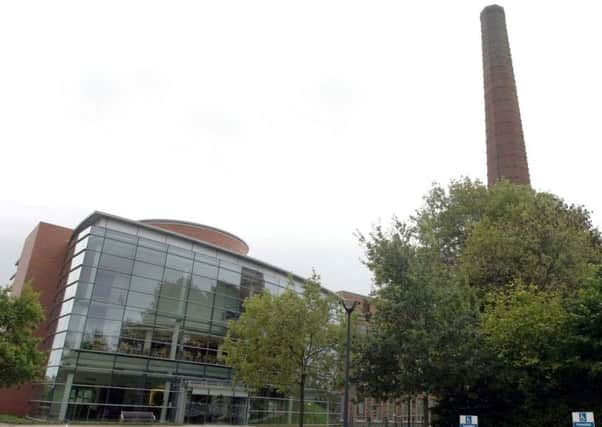‘Antrim and Newtownabbey is fifth best place to live in Northern Ireland’


The survey by the Belfast-based news website examined the quality of life for residents of the new supercouncil areas after the number of local authorities was reduced from 26 to 11 on April 1.
The analysis examines a range of statistics, including education, health, employment, access to services and even life expectancy.
Advertisement
Hide AdAdvertisement
Hide AdAccording to the data, Antrim and Newtownabbey borough is the worst new supercouncil area in terms of educational attainment, with just 54 per cent of Year 12 pupils achieving five or more GCSEs (A*to C) including English and maths.
The average across all 11 districts is 64.3 per cent.
At 16.7 per cent, the district has the sixth lowest percentage of students entitled to free school meals compared with the NI average of 17.8 per cent.
However, 24 per cent of the population possesses a third level education, one percentage point higher than the NI average.
In addition, Antrim and Newtownabbey has the second lowest percentage of unemployment claimants of all 11 councils at 3.3 per cent, compared with the 4.6 per cent Northern Ireland average.
Advertisement
Hide AdAdvertisement
Hide AdThe area is also the fourth highest in terms of median earnings of all 11 supercouncil areas, standing at £19,355, while the Northern Ireland average is £18,764.
Regarding life expectancy, men in Antrim & Newtownabbey are expected to live to 78.4 years, the third highest of the 11 districts.
Meanwhile, women have a life expectancy of 81.9 years, the third lowest.
The study shows that 19 per cent of residents have a long-term health problem or disability that limits their daily activities.
Advertisement
Hide AdAdvertisement
Hide AdData obtained from the Housing Executive’s District Housing Plans for 2014/15 suggests that 1,517 people out of the 139,536 (1.09%) residents in the new district are deemed to be in housing stress.
This is the fifth lowest of the 11 council areas.
According to the Department of Finance and Personnel, there are currently 889 empty houses in the district, representing 1.55 per cent of the total housing stock housing stock.
This is the smallest percentage of any of the 11 council areas.
In terms of private housing, the median sales price of residential properties in the period April 2014/ March 2015 in Antrim was £114,950 and Newtownabbey was £105,000.
Advertisement
Hide AdAdvertisement
Hide AdRegarding council debts, as of March 31, 2014, the three predecessor councils had combined liabilities of £87,096,009, composed of £28,306,900 from Antrim and £58,789,109 from Newtownabbey.
These liabilities include items such as borrowing, money owed to the council by creditors, bank overdrafts and money being set aside for specific purposes.
Antrim and Newtownabbey residents can expect to have debts totalling roughly £624 per resident, the fourth highest in the 11 council areas.
The average across all council areas is £547.
However, the new council is expected to have assets in the region of £1,160 per person, the seventh highest of the 11 councils.
Advertisement
Hide AdAdvertisement
Hide AdThese assets include facilities such as parks, leisure centres, arts centres and play parks.
Additionally, the new area comes sixth out of the 11 new councils in terms of lowest rates.
Taking the example of a £150,000 home, a ratepayer in Antrim & Newtownabbey was charged £1,130 in 2015, whilst a ratepayer in Lisburn & Castlereagh (the district with the lowest rates) was charged £1,015.
This represents a difference of nearly 11 per cent based on the rate struck in each area.
Advertisement
Hide AdAdvertisement
Hide AdAs part of the £30 million District Rates Convergence Scheme which seeks to ‘even out differences’ between the rates bills charged in legacy councils, a ratepayer, with a £150,000 home, coming to the new district from the old Newtownabbey council, will receive a subsidy of £10 this year.
The subsidy, which will be phased out over four years, will apply for 31,467 homes in the former Newtownabbey council area.